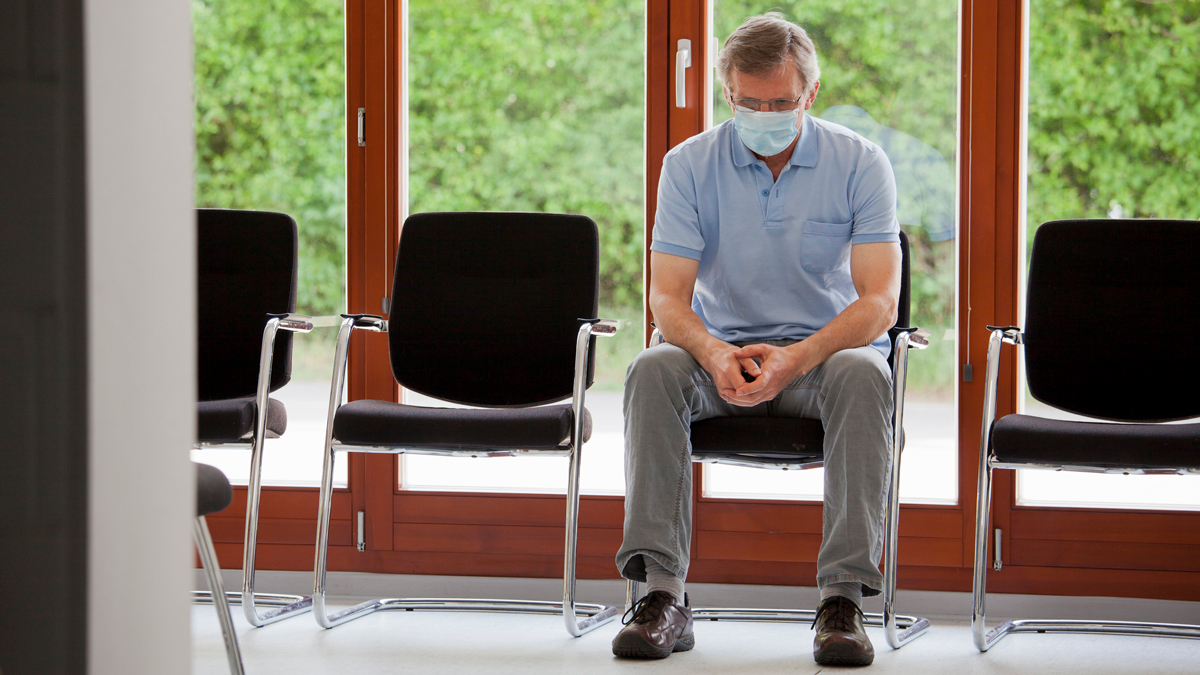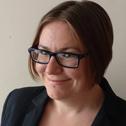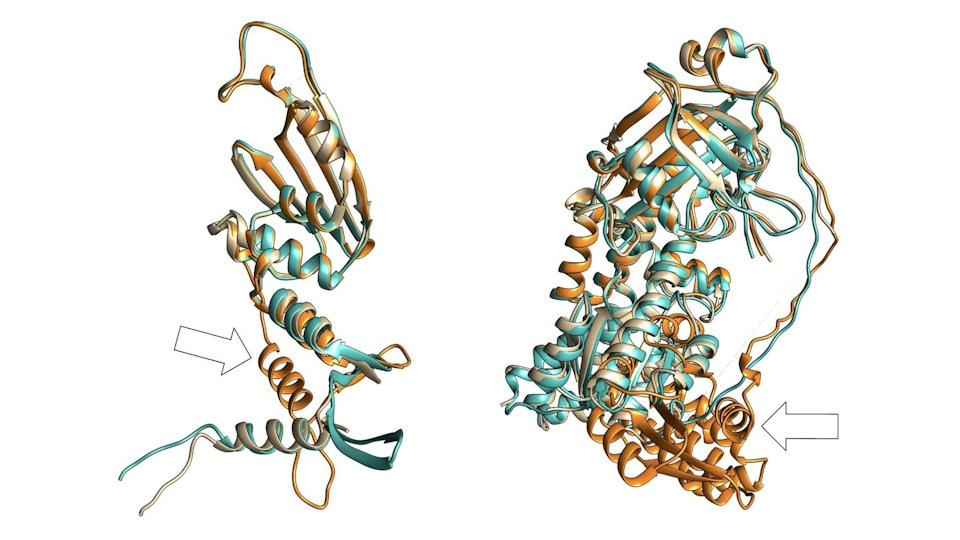How the rare disease community has developed fertile ground for progress

Amanda Barrell explores how a perfect storm of changing economics, advances in technology, and the increasing volume of the patient voice is stoking change in the rare disease space.
New models of drug development are fuelling life-changing advantages in the rare disease space, previously an economic no-go area for pharma and biotech companies.
That was among the discussion points during Fighting Rare Diseases - The Science, Economics and the Patients, a webinar hosted by o2h Group.
Chairing the event, the company’s Prashant Shah, said: “Rare disease, by definition, means it affects a fairly small number of patients. But the economics are beginning to change, the return on investment is changing, and there is a lot more interest now.
“There are more organisations coming into play and patient groups and charity groups are becoming ever more active. I think there's more hope for those suffering from rare disease than ever before.”
The interplay between technological advances, new models of drug development, and an increase in patient centricity, has created fertile ground for progress, the panel said.
Michael Binks, vice president of Rare Disease Research at Pfizer, said: “There’s been a growing awareness of the magnitude of the unmet need, that there are 7,000 identified diseases…and very few therapies available for the majority of them.
“Key factors have been the emergence of communities around some of these diseases that have driven major legislative change and ensured that regulators are more flexible.”
This shift in the regulatory environment has made developing medications for the 300-500m people affected by rare disease globally more economically feasible, said Binks, whose company is focusing on gene therapies in the rare disease space.
Shifting tide
There's never been a better time for rare disease patients, said Tim Guilliams, CEO of AI-powered biotech company, Healx, who believes that technology such as machine learning (ML) is enabling researchers to take a new view on drug development
His company’s approach is to work with patient groups to understand unmet needs, then use ML to identify existing drugs that could tackle that need and bring them to trial.
“Drug discovery is really hard, and ML is not a magic wand. It's really just bringing that component to the table to try to move as quickly as you can to get treatments into the clinic,” he said, adding that the method also needed the input of “amazing” pharmacologists, clinical experts, and patient advocates.
“Partnering with patient groups has really been our superpower from the beginning, because they are the experts,” he said.
Return on investment
Shah asked Binks and Guilliams if this paradigm shift in terms of patient involvement was contributing to higher returns on investment in clinical trials.
“It’s hard to put an absolute number on, because each disease has different endpoints, different number of patients that you can enrol, etc. but yes, we believe we can get the cost of clinical trials down significantly because of our model,” said Guilliams.
Binks said that working with patients early on could cut overall costs by reducing the likelihood of study failure.
“Running high-quality clinical trials is expensive. It is sometimes made more expensive by the frequency of failure because we don't have an adequate understanding of the patient population or the disease.
“Bringing the patients and their families into the conversation early does help to define the clinical development path.”
Market research
Nicola Miller, editor-in-chief at Rare Revolution Magazine and co-founder and trustee of the Teddington Trust for those affected by Xeroderma Pigmentosum, said it made perfect business sense to involve patients in drug development early on.
For a start, she said, there is an assumption within the research community that everyone with a rare disease is seeking a curative treatment, yet many people accept their condition as part of who they are.
“We have all heard stories of where scientists have gone down a particular route, but they haven't actually thought of engaging with the population as to what is the most debilitating part of their condition,” said Nicola.
“They could be developing something for photo sensitivity for a particular condition, for example, but generally people can cope with that, what they don't want is a neurological decline which is going to impact their life.”
While some organisations were working well with patient groups, others appeared to be involved in more of a “box ticking operation” which doesn’t benefit anyone, she went on.
“There are huge sums of money and huge amounts of technology being ploughed into this area at the moment, so let's make sure it's going into the most beneficial point for the patients,” she said.
Rare future
All three panellists agreed that there was an abundance of hope on the horizon for people living with rare diseases – so long as the whole community continues to work together to overcome the challenge.
“So many things are moving in the right direction: diagnosis, possible treatments, technology, and empowerment. It's really incredible what is happening in this space now because that just wasn’t the case 20 years ago,” said Guilliams.













